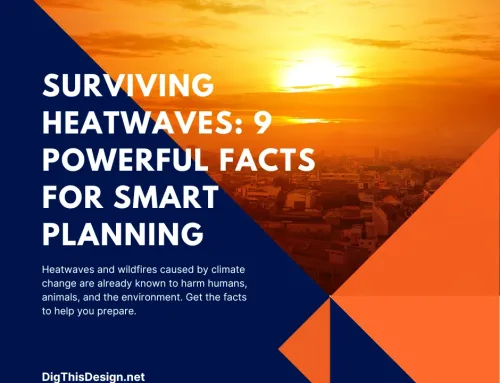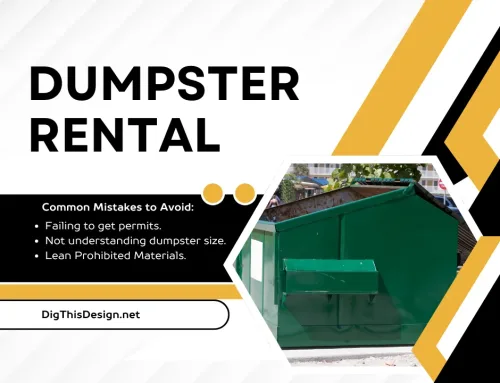Private property, company premises, and industrial sites all need strong protection from unauthorized access. Likewise, large-scale events and public areas benefit from reliable traffic control systems to ensure the safe and efficient movement of people and vehicles. Whether you’re managing traffic near a loading dock or designing a new intersection with local authorities, understanding different vehicle barriers and control tools is essential.
3 Types of Vehicle Barriers

Why Understanding Vehicle Barriers Matters
When you understand the full range of available vehicle barriers, you can make better decisions for your specific project. From managing crowd safety at events to securing restricted areas, the right barrier solution can improve flow and reduce risk. This guide explores several types of vehicle barriers and where to use them most effectively. People already spend enough time in traffic, so choosing the right barriers helps everything run more smoothly.
Bollards and Their Variations
Bollards represent some of the most popular and versatile vehicle barriers on the market. These upright posts work well in public and semi-public spaces by restricting vehicle access, guiding traffic, or protecting buildings and pedestrians.
Here are a few common types of bollards:
-
Automatic bollards rise and lower with ease, perfect for locations with heavy, frequent traffic
-
Semi-automatic bollards allow mechanical or manual operation and suit areas with less frequent changes
-
Removable bollards offer flexibility for areas with restricted access during specific hours
-
Fixed bollards stay in place permanently, providing constant protection for no-access zones
A qualified provider can help you select the ideal bollard style and operator system based on your traffic patterns.
Mobile Vehicle Barriers for Temporary Use
When flexibility matters—such as at festivals, road work sites, or pop-up venues, mobile vehicle barriers offer the ideal solution. These barriers provide high-impact resistance while remaining easy to transport and reposition.
The UK events industry is worth nearly £62 billion a year, and many events occur in temporary spaces. Mobile barriers support safety at these locations by offering solid, impact-tested performance without the need for permanent installation.
You can move these barriers with forklifts or cranes. Many come equipped with jagged base plates that stop unauthorized vehicles by damaging their tires upon contact.
High-Security Vehicle Barriers
Certain locations, like airports, military bases, or government facilities, require vehicle barriers that stop even the most forceful threats. These advanced systems immobilize incoming vehicles with speed and precision.
Tyre Killers
Tyre killers enforce one-way traffic by destroying tires when drivers attempt to move in the wrong direction. Their jagged teeth sit close to the road surface. You can also install flush-mounted versions that retract into the ground to allow two-way access when needed.
Road Blockers
Road blockers rise from the ground like extra-large bollards and stop vehicles from entering restricted zones. These barriers typically range from 0.5 to 1 meter in height and cause severe damage to any vehicle trying to breach them.
Choosing the Right Provider
When you’re selecting vehicle barriers, work with a supplier known for quality, reliability, and proven installations. Prioritize companies with high-profile case studies and strong reputations. In matters of safety and security, shortcuts can lead to serious consequences.
A trusted provider will guide you through their full range of products and help you choose vehicle barriers tailored to your environment. The right solution boosts safety, protects assets, and keeps operations running efficiently.





